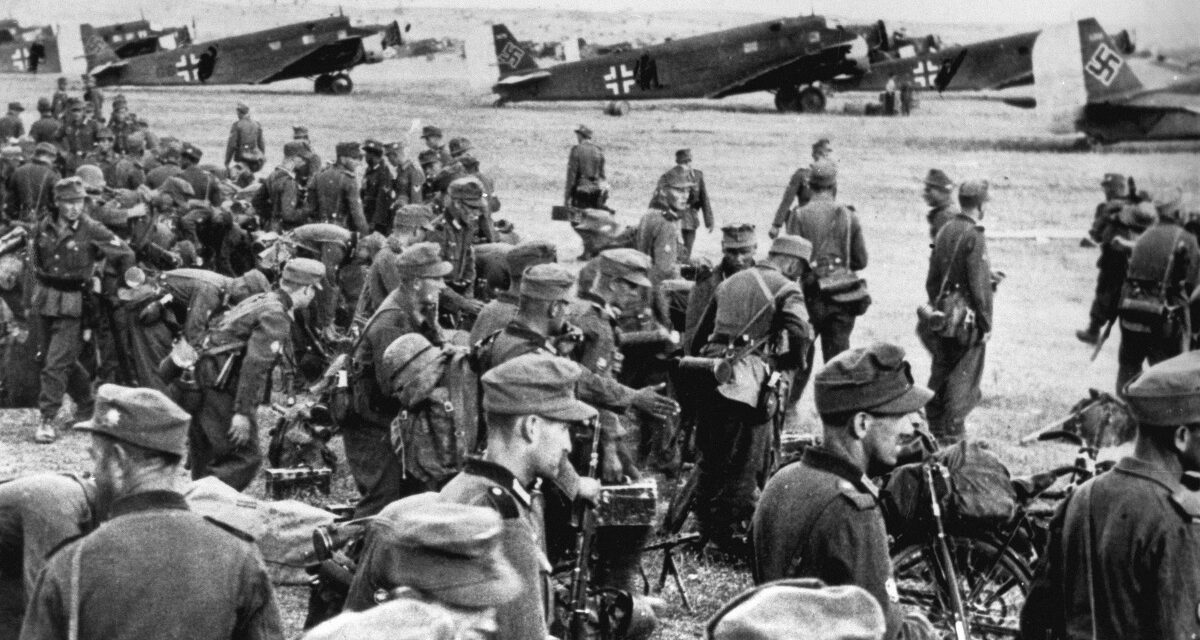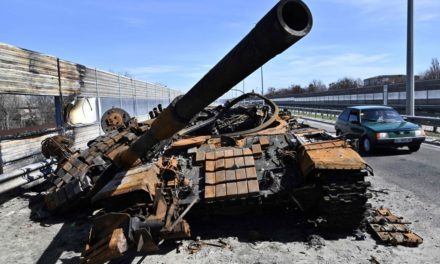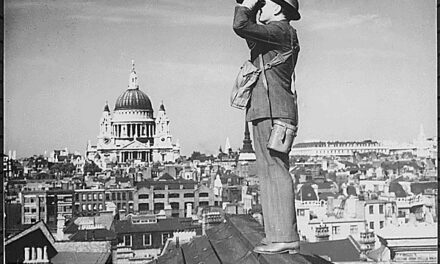The Battle for Crete: Hard Fought
Reading time: 10 minutes
Wherever they fought in the Second World War, Australian troops acquitted themselves well. They escaped the clutches of the Afrika Korps in the Benghazi handicap and soon after helped hold back Rommel at the second battle of El Alamein. Australian troops fought well even in defeat. This was especially so in Crete, where they and their New Zealand counterparts fought a rearguard action that cost the Germans dearly.
By Fergus O’Sullivan
The battle for Crete in May and June 1941 was the closing chapter of the battle for Greece, in which British and Commonwealth forces managed to stay just ahead of the invading German armies and evacuate thousands of soldiers to North Africa, ready to fight another day. Many of these men were interviewed in the first few years of this century and the resulting footage was posted on the Australians at War Film Archive; we’ll be using these veterans’ recollections to get an impression what the fighting in Crete was like.
The battle for Crete saw many firsts. It was the first time the world saw an assault carried out mainly by air as the Germans sent in wave after wave of paratroopers. It was also the first time the Germans met heavy resistance from a civilian population, as the people of Crete fought tooth and nail against the invaders. It was also the first time the Allies were able to crack German communications thanks to their decryption of the Enigma code, though they weren’t able to capitalise on this advantage yet.
The Germans Land
Of course, for the troops stationed on Crete, none of this mattered much at the time, except maybe the part where they suddenly found themselves knee-deep in German paratroopers, disgorged by transport planes overhead.
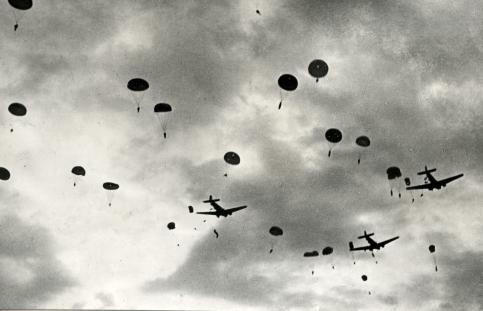
Neville Wintin from Sydney witnessed the first wave of Germans come in from a hilltop near the town of Hania (Chania), in the west of Crete: “down below us we could watch this huge armada of parachute troops being dropped.” However, his perch wasn’t entirely safe: “before we could blink we were surrounded by gliders that gradually came in and crashed all around us […] not all of them were killed in the crash so we had the Germans all around us.”
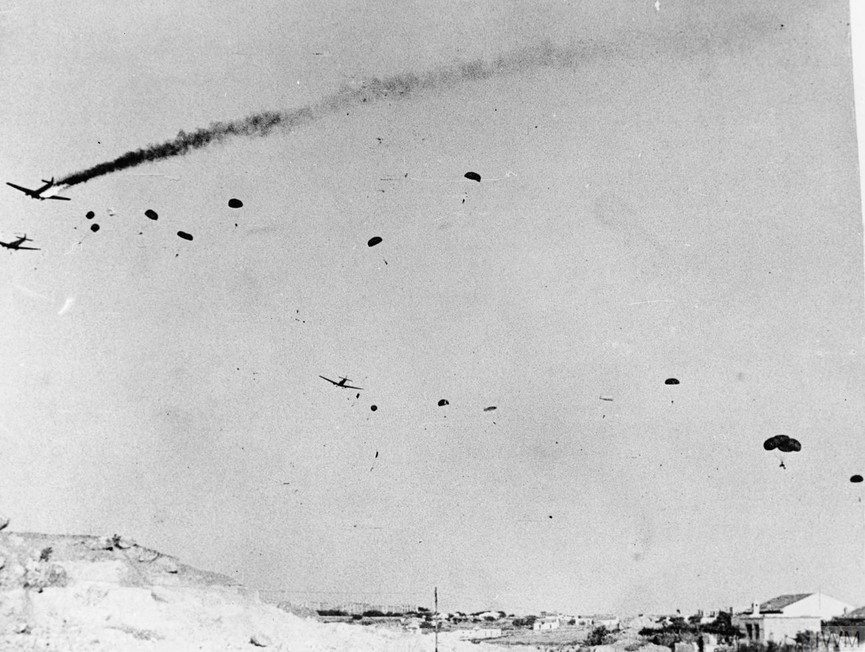
Mr. Wintin had the bad luck of being in the wrong place at the wrong time: German high command had chosen the western part of Crete as the place that would bear the brunt of their assault. However, their first attempt wasn’t a complete success. The Allied forces — which included British and Greek troops, as well as men from Australia and New Zealand — were able to hold their own, at least for the most part.
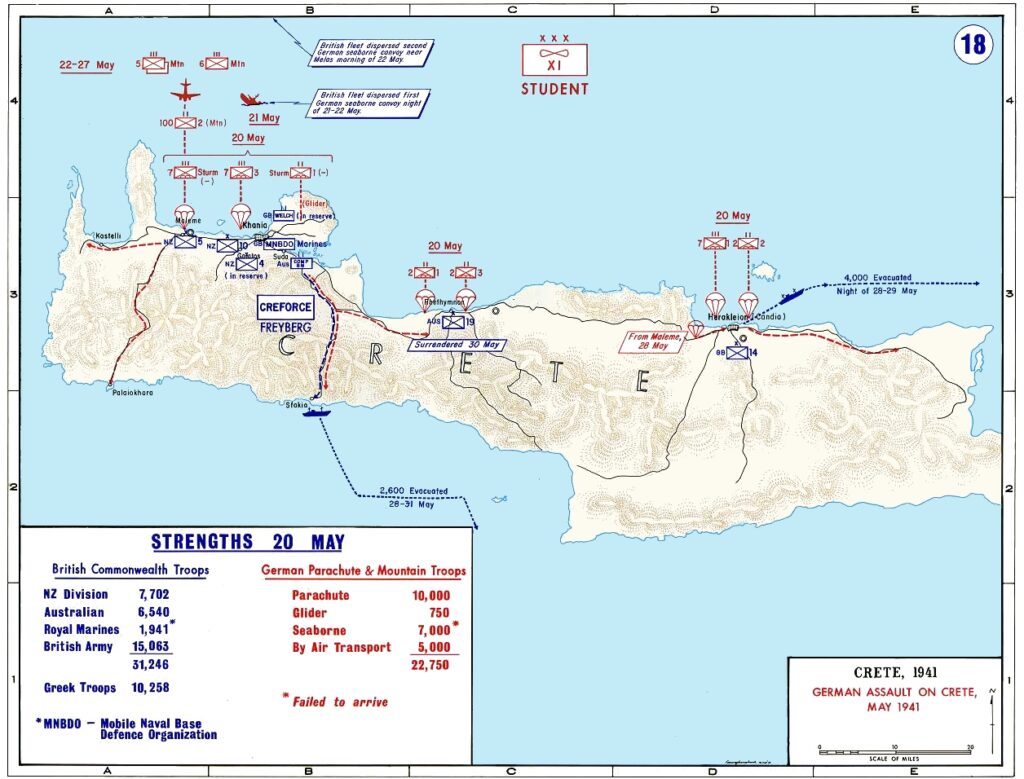
However, the Germans just kept on coming. According to Stephen Pontin from Mordialloc, Victoria, who fought on Crete, Hitler had decided that Crete would be the “Isle of Doom” for the allies and threw anything he could spare at the small island. For Mr. Pontin, this meant almost relentless bombing raids: “well I tell ya, we had fourteen air attacks from daylight… Stuka dive-bombers… layin’ their eggs we used to call it, like a bloody chook sittin’ over a nest and away they’d go.”
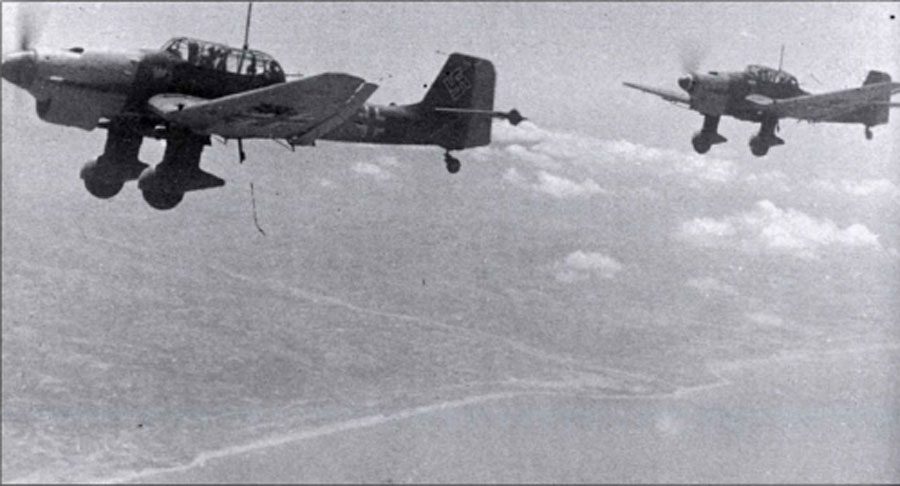
A Rearguard Action
Under relentless pressure from raids like that, as well as new waves of troops being landed, over the next few weeks the Allied forces were slowly pushed back. However, they made it tough for the Germans: Frank Reiter of Meeniyan, Victoria recalls one rearguard engagement in which he was told to guard the road.
“I put me three Bren guns in one nest on the bend of the road, Tequila Road, while the rest of us were spread up the hill a bit.” His position secure, he and his mates waited a while until, in his words, “about twenty motorbikes come down, side cars, machine gunners on ’em and they thought they could come right through but the nine platoon machine gunners wiped the lot out.”
Despite their efforts, though — including such heroics as the battle of 42nd Street — the Allied forces could only delay the German assault, they simply didn’t have the materiel. “In Crete we had nothing, [not] even the artillery pieces,” says Mr. Pontin. “They said they had two tanks in Crete, I never saw one.”
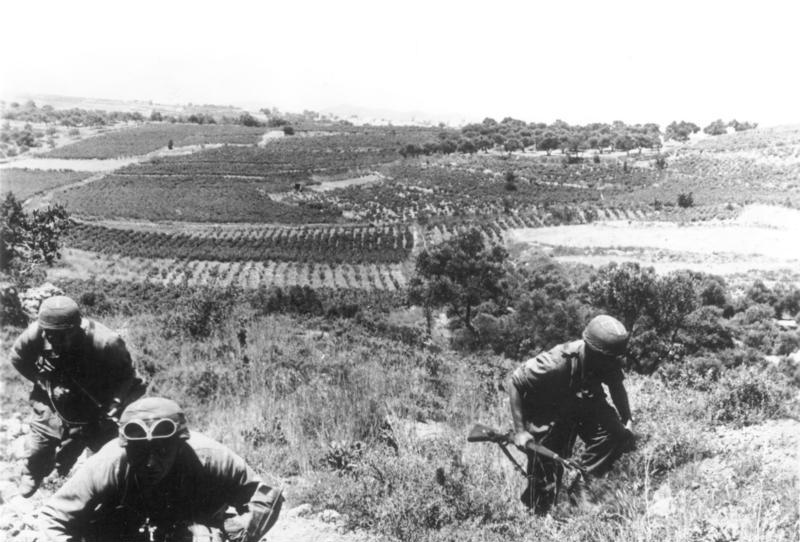
Frederick Megahey, an Irish immigrant to Australia who settled in Candelo, NSW, said much the same about the RAF: “the only time you saw the air force was if you got to the pictures and you saw the newsreel. We just didn’t see them… I can safely say, of all the aeroplanes I saw in Crete, I never once saw a friendly aeroplane.”
On top of a lack of heavy equipment, there were also issues with small arms. Several of the veterans interviewed mention that there weren’t enough rifles to go around, with the shortfall partially made up by U.S.-made Springfields. However, as these took a different type of ammunition, even if you were fortunate enough to be armed, there was no guarantee you could actually fire the weapon.
Evacuation
In the face of the Germans’ overwhelming superiority in both men and arms, all the Commonwealth troops could do was fight the best they could and pray for salvation. The plan, much as it was, was to make it to the southern coast and from there onto the waiting ships of the Royal Navy and from there to the safe haven of Alexandria.
Mr. Wintin recalls how that went: “we were taken by truck to Souda Bay and then the walk across the mountains began; the trek across the mountains. We had to cross from one side of Crete over to the other side to a little coastal fishing village called Sfakia. It was arranged that the navy plus troop ships would be waiting there to evacuate us.”
Mr. Pontin remembers that most of the marching was done at night, without torches to escape detection. Sleep was a precious commodity: “you lay on your hand on a rock for a pillow when you have a little break, about ten minutes, “and wake up ready to go again.” It took its toll on the men, but anything was better than being captured.

It wasn’t much better for the Australians serving shipboard during the evacuation. One sailor, Patrick Bridges from Sydney, described transporting the men from Crete as “chaos, absolute chaos. The amount of ships that were sunk during the evacuation, I just don’t know the number. But you’d see the ships coming in from the trip to Crete, and you’d look over and count and say, ‘well what one’s missing this time.’”
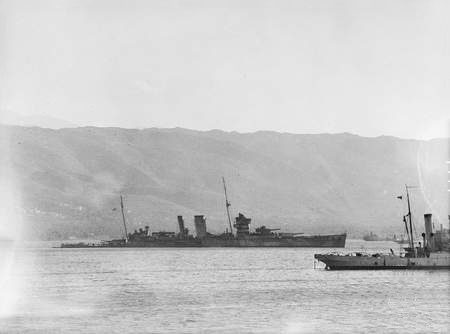
Actually moving the troops from the beach onto the waiting ships wasn’t much better, according to Mr. Bridges, “oh no, it wasn’t an orderly withdrawal.” With the constant pressure the Germans were applying to the front, men would jump on any ship they could, and the sailors would fit them the best they could.
“You put them anywhere you could place them. Standing, lying, walking anywhere… So you got them on the best way you could and got them off the best way you could as quick as you could. There was no comfort involved. Oh you made them as comfortable as possible but you put them everywhere you could.”
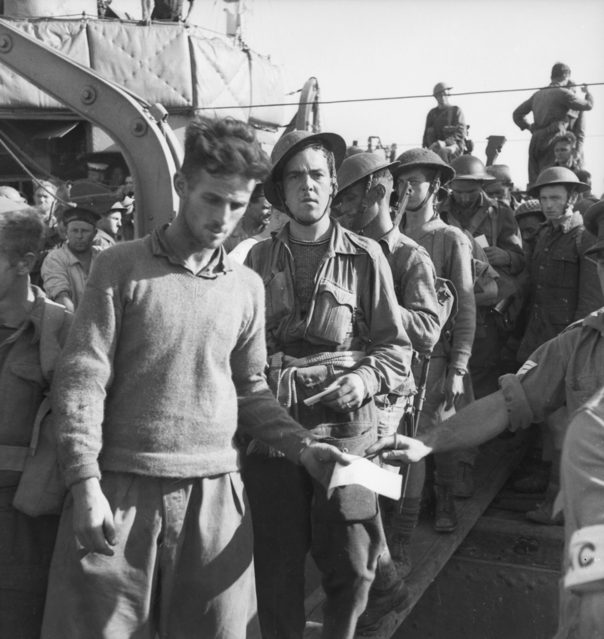
Once they dropped off one load of evacuees in Alexandria, the return trip would begin almost immediately. In the end, the Royal Navy and Royal Australian Navy would ferry roughly 19,000 men from Crete. However, this left 12,000 on Crete. The men left behind were either captured or took to the hills and joined the Cretan resistance against the invaders.

As for Mr. Pontin and Mr. Wintin, they made it off the island, though other British and Anzac troops weren’t so lucky. Mr. Pontin sees a silver lining to his hardship, though. According to him, the hard fighting in Crete resulted in no bombing raids over London for several weeks, as well as a delay of two weeks to the start of Operation Barbarossa.
In his opinion, “that fortnight brought him [Hitler] into the freezing temperatures of Stalingrad and that’s how they lost the bloody war.” It could very well be that Australian bravery in Crete certainly showed a stiffening of resistance to the Germans. In the aftermath of their losses on Crete the Germans abandoned airborne assaults. For the remainder of the war their paratroopers were employed only as ground forces. This in itself is an indication of how hard the defenders of Crete fought.
This project commemorating the service by Victorians in the Mediterranean theatre of WW2 was supported by the Victorian Government and the Victorian Veterans Council. Sign up to the newsletter at the bottom of the page to be notified when the next article in this project is released.

Articles you may also like
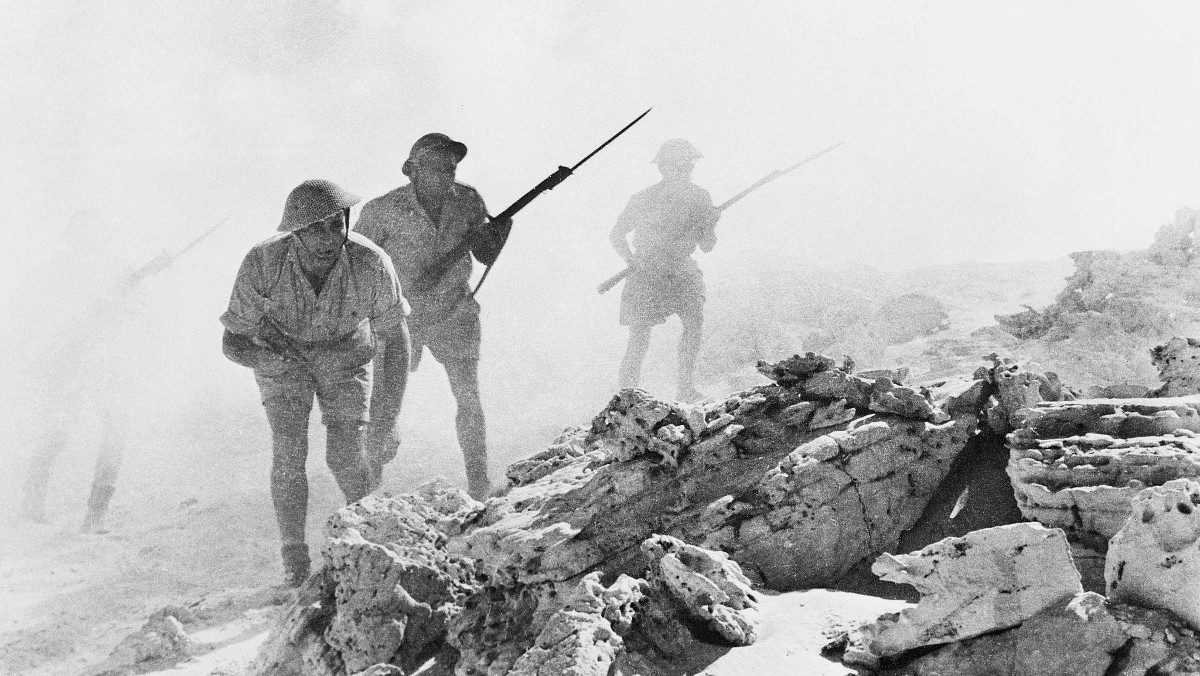
Second Battle of El Alamein: Australia Forces a Breach
Reading time: 8 minutes
The battle of El Alamein in late 1942 was the turning point for the North African campaign, which saw the fighting rage back and forth between Libya and Egypt. As with most of the battles in the region, Australians played a vital role in the eventual Allied victory. In this article, we go over their experiences during this pivotal battle.
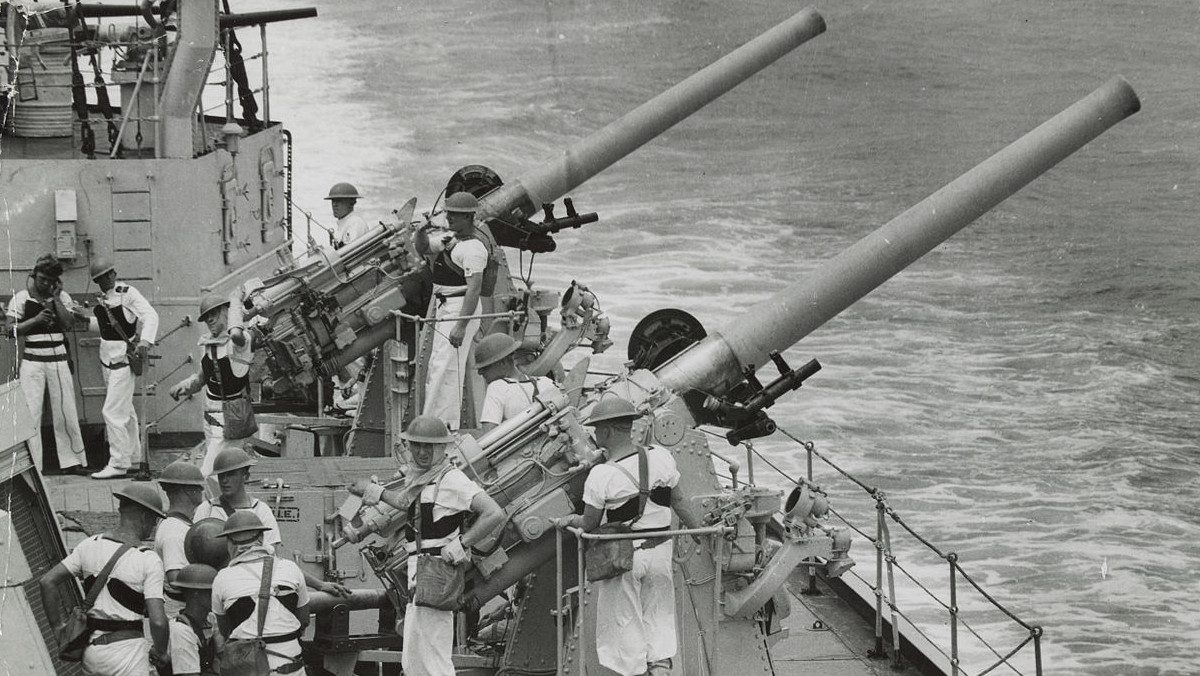
The Battle of Cape Spada: The Australian Navy Proves Its Mettle
Reading time: 9 minutes
The Battle of Cape Spada was a short, violent encounter on the 19th of July, 1940 where the cruiser HMAS Sydney of the Royal Australian Navy sank one Italian cruiser and severely damaged another off the coast of Crete. In this article, we go over the events of that day, as well as what life was like for the crew of the ship.

Battle of 42nd Street – Anzacs Proving Germany Could be Beaten
Morale can make all the difference on the battlefield. On the 27th May 1941, with the Greek island of Crete close to loss and the Allies in full retreat, a 12 minute moment of madness by Australian and New Zealand troops proved that aggression and bravery could overcome Germany’s elite troops. By Richard Shrubb. Background […]
The text of this article was commissioned by History Guild as part of our work to improve historical literacy. If you would like to reproduce it please get in touch via this form.

